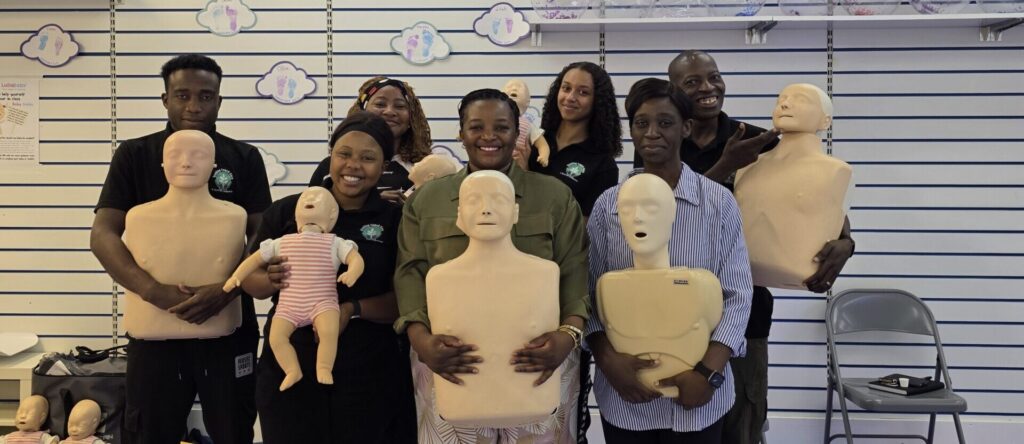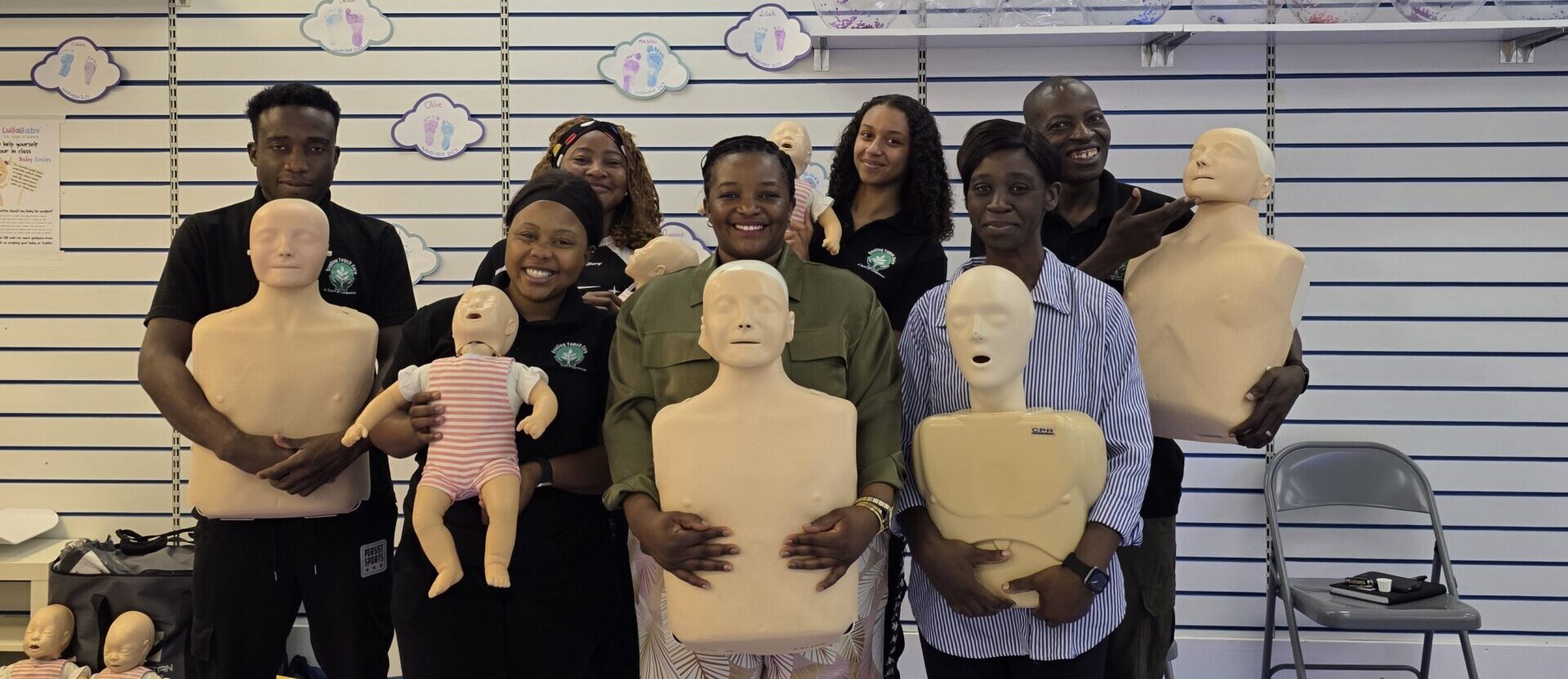
What’s the Right First Aid Course for You or Your Organisation?
If you’ve ever asked yourself, “Which first aid course do I need?”, you’re not alone. With so many options and regulatory requirements, it can feel overwhelming. This guide breaks down the different types of first aid training so you can make the right choice for your workplace, care setting, or family.
Why Choosing the Correct Course Matters
Selecting the right course is about more than ticking a box. It makes a difference in three key ways:
Compliance – Under the Health and Safety (First Aid) Regulations 1981, employers must provide adequate first aid provision. Choosing the wrong course could leave you exposed during inspections by the HSE or CQC.
Confidence – The right training ensures you and your staff know what to do when it matters most. Emergencies are stressful, and confidence only comes with relevant, practical training.
Relevance – Different courses are designed for different risks. What works in an office may not be enough for a nursery or a care home.
First Aid Course Options
1. Emergency First Aid at Work (EFAW)
Best for: Low-risk workplaces (offices, shops, small businesses)
Duration: 1 day
Covers: Adult CPR (including AED use), choking, bleeding, seizures, shock, and minor injuries
Why choose it: Provides the basics for common workplace emergencies
👉 Learn more: HSE Guidance – First Aid at Work
2. First Aid at Work (FAW)
Best for: Higher-risk workplaces (construction, manufacturing, larger organisations)
Duration: 3 days
Covers: All EFAW content plus fractures, burns, head and spinal injuries, chest injuries, eye injuries, and major illnesses (heart attack, stroke, asthma, diabetes, anaphylaxis)
Why choose it: Comprehensive training that covers complex risks
3. Paediatric First Aid (PFA)
Best for: Nurseries, schools, childminders, and anyone working with children under the EYFS statutory framework
Duration: 2 days (or blended learning with one day online + one day practical)
Covers: Infant and child CPR, choking, allergic reactions, seizures, asthma, meningitis, burns, fevers, and common childhood emergencies
Why choose it: Mandatory for childcare providers and invaluable for parents and carers
4. Basic Life Support (BLS) & CPR Training
Best for: GP practices, dental surgeries, care homes, and healthcare staff
Duration: 2–3 hours
Covers: Adult/child CPR, safe AED use, and choking management
Why choose it: Meets CQC expectations and ensures staff stay confident in life-saving skills
👉 Reference: Resuscitation Council UK – Quality Standards
5. Parent & Community First Aid
Best for: Parents, grandparents, babysitters, and community groups
Duration: 2 hours
Covers: Infant/child CPR, choking, burns, fevers, allergic reactions, and common household emergencies
Why choose it: Affordable and practical — offering peace of mind at home
Training Levels: HSE and Sector Regulations
Different organisations need different levels of training. There’s no one-size-fits-all approach.
A small office with low risks may only need Emergency First Aid at Work (EFAW).
Larger or higher-risk settings, such as factories or care services, usually require First Aid at Work (FAW).
Childcare providers must follow the EYFS statutory framework, which makes Paediatric First Aid mandatory.
Healthcare providers are expected by the CQC to ensure staff are up to date with Basic Life Support (BLS).
👉 In short: your course should match both HSE guidance and your sector’s regulatory standards.
How to Decide Which Course You Need
Do a First Aid Needs Assessment
– Employers must assess risks, staff numbers, shift patterns, and workplace hazards.
– See HSE’s First Aid Needs Assessment guidance for more detail.
Check Regulatory Requirements
– Childcare? You’ll need Paediatric First Aid.
– Healthcare settings? Regular BLS training is expected.
– Businesses? EFAW or FAW depending on risks.
Think About Confidence and Relevance
– Would staff know what to do in a real-life emergency?
– Does the course include scenarios you’re most likely to face?
Talk to Us
– At Training In Partnership, we’ll guide you to the right course for your organisation or personal needs.
– We cover Andover, Hampshire, the South of England, and beyond with flexible training options.
Why Book with Training In Partnership?
✅ Regulated qualifications (Qualsafe approved)
✅ Trainers with 30+ years’ health and social care experience
✅ Flexible delivery: face-to-face, blended, or eLearning
✅ Open courses in Andover and on-site training across the South of England
✅ Tailored to your organisation’s policies and procedures
👉 Book your course today
👉 Contact us for advice
Frequently Asked Questions (FAQs)
Q: What’s the difference between Emergency First Aid at Work (EFAW) and First Aid at Work (FAW)?
A: EFAW is a 1-day course covering life-threatening emergencies in low-risk settings. FAW is a 3-day course that includes all EFAW content plus additional topics like fractures, head injuries, and major illnesses — suitable for higher-risk workplaces.
Q: Is Paediatric First Aid mandatory for nurseries and schools?
A: Yes, under the EYFS statutory framework, at least one person with a valid Paediatric First Aid certificate must be present on site and available at all times when children are in care.
Q: How often should first aid training be renewed?
A: Most workplace first aid certificates are valid for 3 years. However, the HSE recommends annual refresher training to keep skills sharp.
Q: Do healthcare staff need Basic Life Support (BLS) training?
A: Yes. The CQC expects all healthcare staff to receive regular, up-to-date BLS training in line with Resuscitation Council UK standards.
